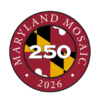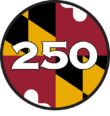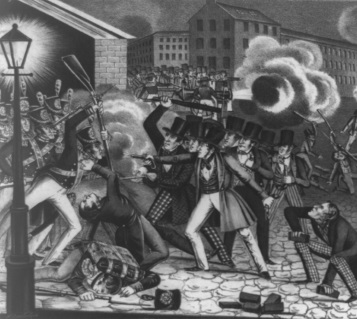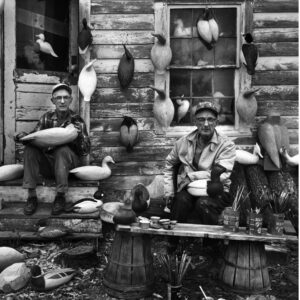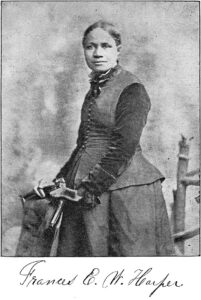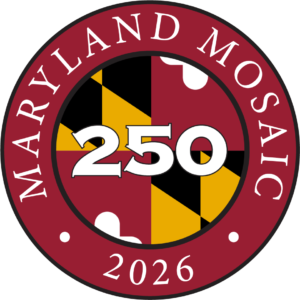After President James Madison and Congress declare war on the British in June, 1812, Alexander Contee Hanson (1786-1819) publishes a strong anti-war editorial in his “Federal Republican” newspaper. When he attempts to print his paper in Baltimore, he and his allies are besieged by a large mob that supports the war. The issues at stake are the rights of free speech and a free press.
James Lingan (1751-1812), a Revolutionary War veteran and opponent of the war, and two rioters are killed, the first civilian casualties of the War of 1812. Local politicians and militia attempt to defuse the situation, but many are seriously injured including Hanson and his supporter, Robert E. Lee’s father, “Light Horse” Harry Lee (1756-1818). Baltimore begins its reputation as a “Mobtown.”
